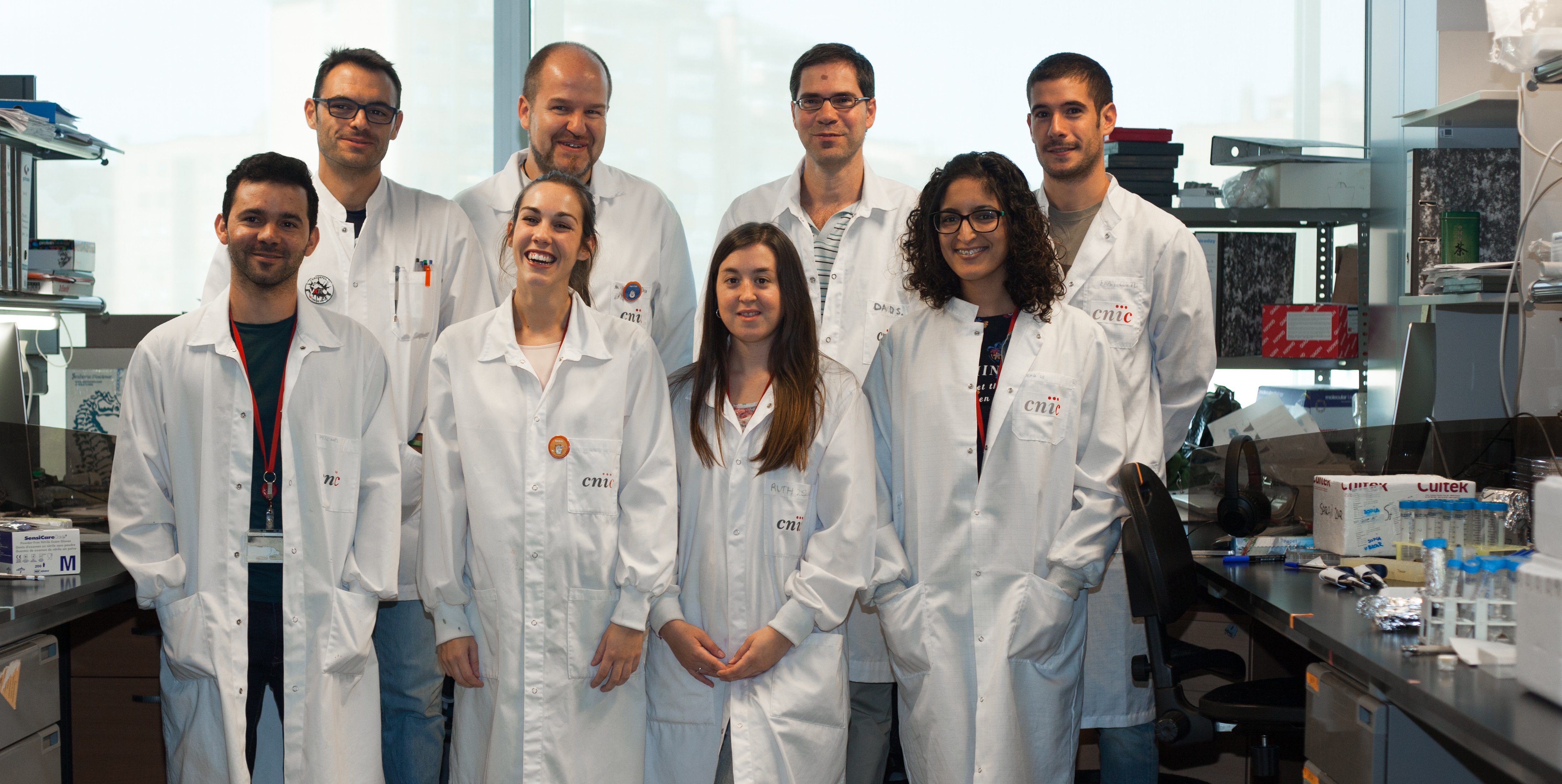Immunity: CNIC Investigators Identify Ways to Improve Vaccine Design
The study, published in the journal Immunity, identifies factors necessary for improving vaccines to induce long-duration cellular immunity in barrier tissues such as skin and mucous membranes
Researcher at the Centro de Investigaciones Cardiovasculares Carlos III (CNIC) have identified mechanisms mediated by a population of immune cells that could help in the design of new vaccines against a host of pathogens that cause infection via the skin or mucous membranes, such as flu, herpes, tuberculosis, HIV-1, dengue virus, cholera, and emerging viral diseases.
Most current vaccines are administered by intramuscular or subcutaneous injection, and are not very efficient inducers of memory T CD8+ lymphocyte responses able to promote protective immunity in the skin or mucous membranes. In contrast, dermal or intranasal immunization with viruses such as the smallpox vaccine (vaccinia) generates memory T CD8+ lymphocytes (Trm) that are very efficient at preventing reinfection. However, it is unknown how this process occurs and what its requirements are. The new study, published in Immunity, shows that a population of antigen presenting cells (dendritic cells) provides specific signals for the induction and instruction of this type of immunological memory. Lead author David Sancho, head of the CNIC Immunobiology group, explains: “The study identifies the differential factors needed to improve vaccines designed to induce long term cellular immunity in barrier tissues such as skin and mucous membranes through the generation of Trm lymphocytes. We also identify a subtype of dendritic cells as the appropriate cellular target for immunization. Finally, our study defines some of the essential signals stimulating generation of Trm lymphocyte precursors.” .
Resident memory T lymphocytes (Trm) act as sentries that respond rapidly to the first sign of reinfection in the affected tissue
First author Salvador Iborra comments that “immune cell memory allows the immune system to recognize pathogens it has encountered previously. This ability is attributed to specific T lymphocytes that remain after the original infection or immunization. A number of these memory T cells are known to remain in the blood and lymph circulation, seeking out new infections in order to block them before they can harm the organism.”
Recent studies show that memory lymphocytes also reside permanently in other tissues, especially those exposed to pathogens, such as the skin and mucous membranes. As Iborra explains, more recent findings show that the generation of memory T CD8+ lymphocytes (Trm) is very important for vaccine efficacy. “Trm lymphocytes act as sentries, primed to respond rapidly to the first sign of reinfection, and are essential for generating immunity against viruses that infect via the skin or mucous membranes.” Nonetheless, to date no vaccines have been produced that stimulate a strong Trm lymphocyte response. The good news is that the new study defines specific factors necessary for generating a population of Trm lymphocytes.
The information may help to improve vaccines against a host of pathogens that cause infection via the skin or mucous membranes, such as flu, herpes, tuberculosis, HIV-1, and emerging viral diseases
Upon infection of vaccination, dendritic cells present antigen to T lymphocytes to activate them and thus generate memory precursor cells. The study authors comment that “we have found that a subtype of dendritic cells (type1 conventional DCs), which specialize in the processing of infected and damaged cells, produce the optimal activation signals for the generation of Trm lymphocytes.”
In a previous study published in The Journal of Clinical Investigation, the research team found that the type1 conventional DCs of mice lacking the receptor DNGR-1 (CLEC9A) were unable to correctly present antigen to lymphocytes. In the new study, the authors observed that the response of circulating memory lymphocytes is not affected in these mice. “However, when we analyzed memory generation in the skin and lung mucous membranes after infection with vaccinia or flu virus, we saw a very significant reduction in the Trm lymphocyte population.” This was associated with worse protection against the infection, demonstrating that these dendritic cells and Trm lymphocytes are essential for an effective vaccination against certain viral infections.
The results of the study show that type1 conventional DCs expressing DNGR-1 are “essential during the early activation of naive T lymphocytes in the lymphatic ganglion.” During this early phase, David Sancho explains, dendritic cells need the receptor DNGR-1 in order to acquire and process antigens from infected cells and to instruct and modulate the differentiation of Trm lymphocytes via specific signals (cytokines such as IL-12 and IL-15 or costimulatory signals such as CD24). “The vast number of pathogens that infect the human body across the skin or mucous membranes includes flu, herpes, tuberculosis, HIV-1, zika, ebola and other emerging viral infections. It is therefore essential to design vaccines that induce long-term cellular immunity in these barrier tissues.” In the future, vaccine antigens could be targeted to this dendritic cell population, or more specifically to the receptor DNGR-1. David Sancho concludes “Processing via this receptor, in combination with adjuvants able to specifically activate this dendritic cell population and the appropriate immunization route, could more efficiently induce this type of immunity associated with the skin or mucous membranes.”











